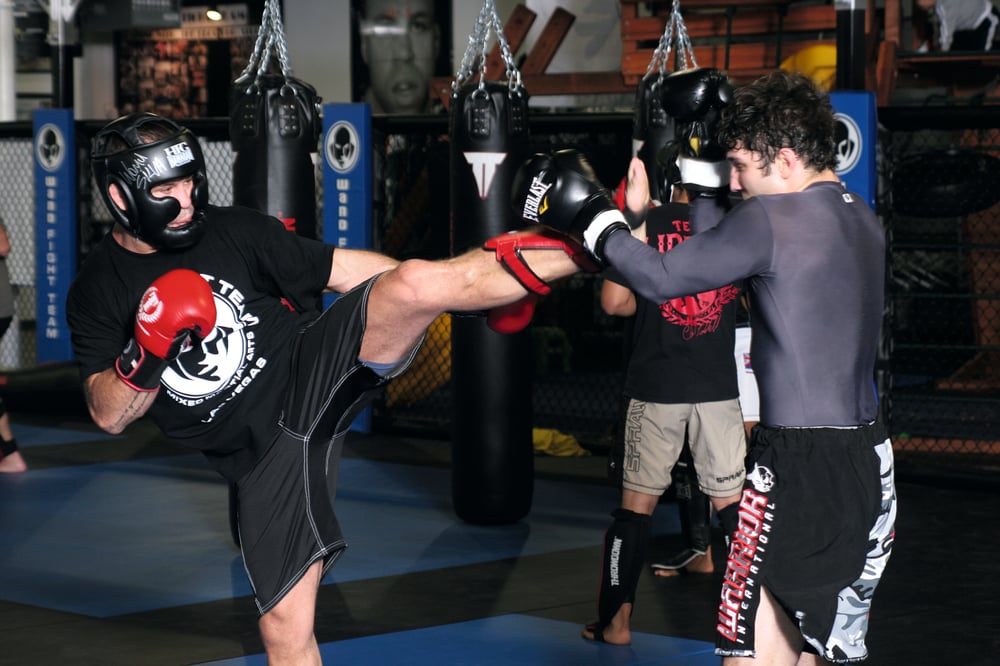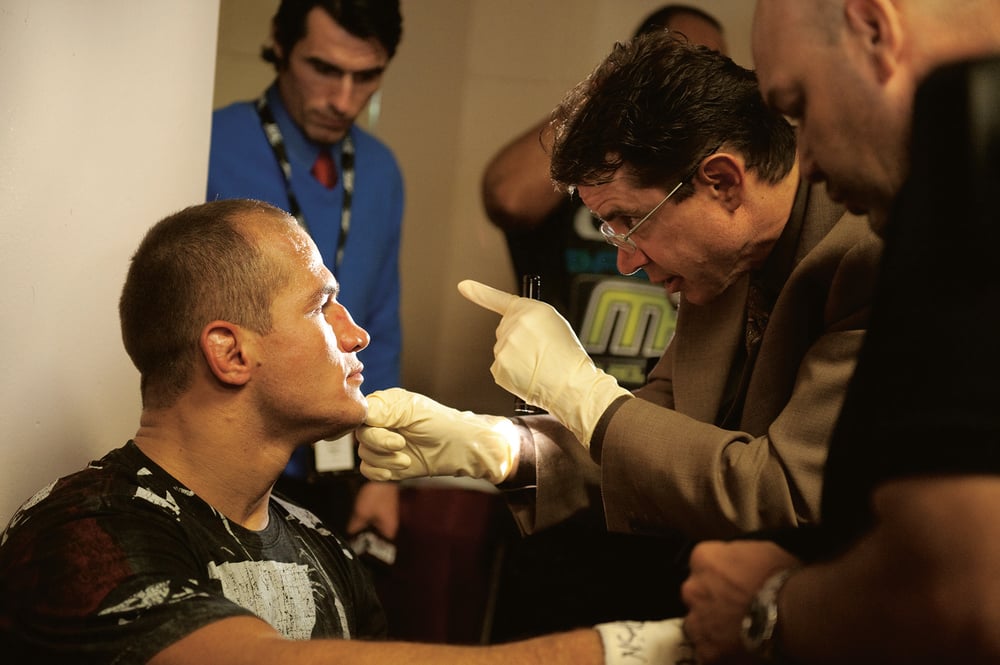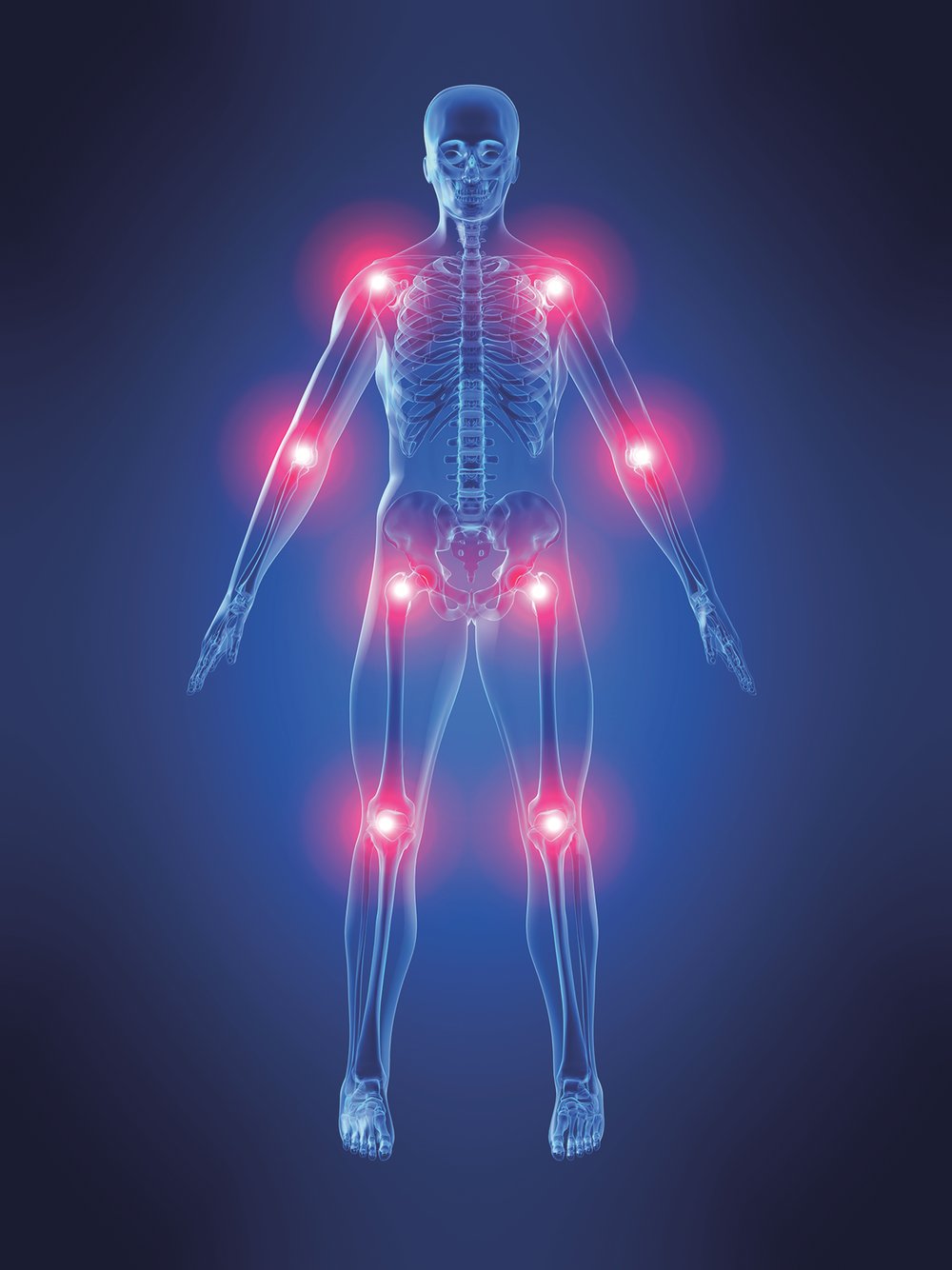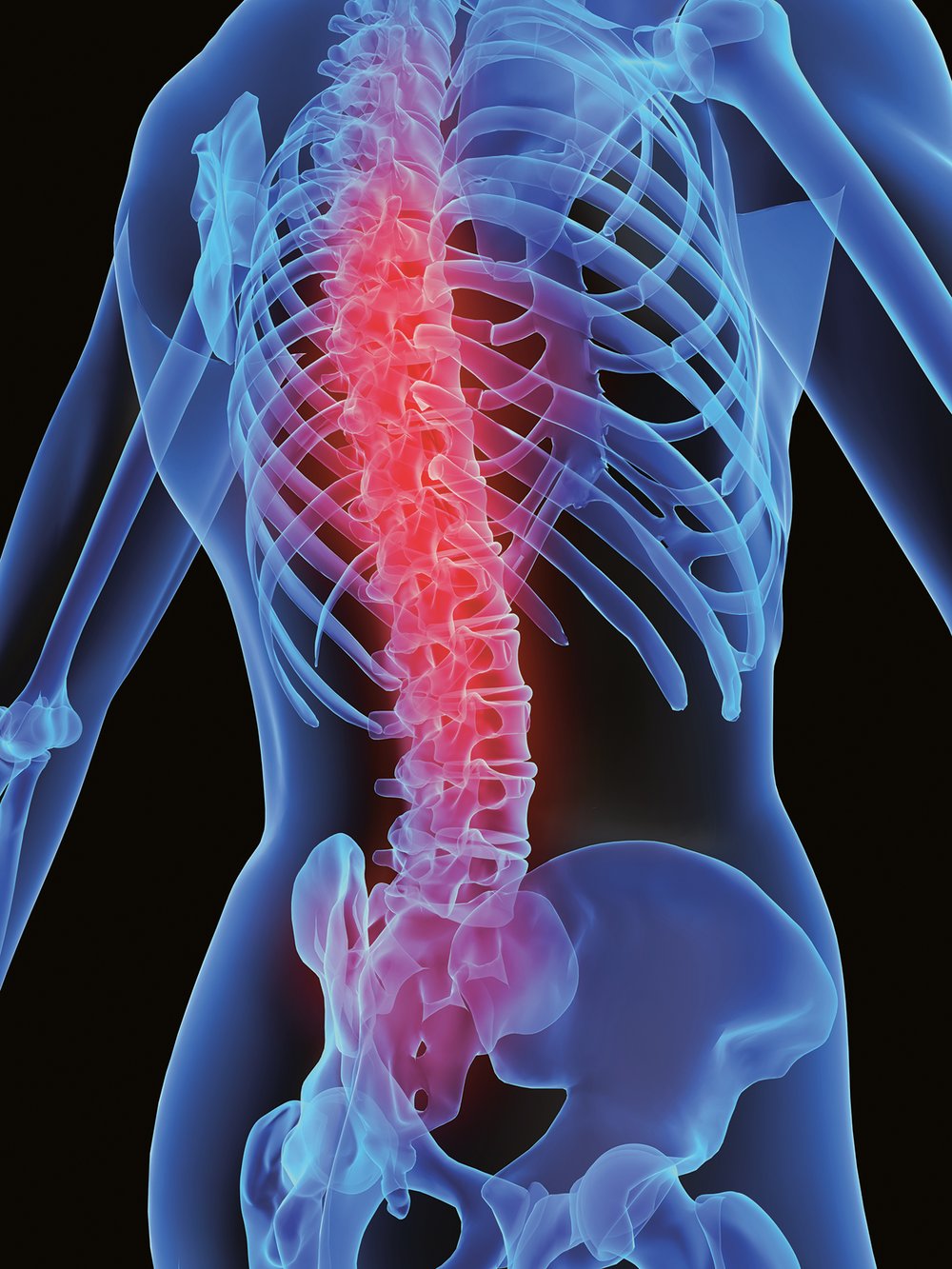
Issue 071
January 2011
In risk-averse modern society, MMA fighters and their fans are always up for ‘one more round’. But is our bravado clouding some serious health issues? Top trainers and noted warriors speak out…
The Canadian Medical Association (CMA) believes MMA fighters are risking serious long-term health issues. At its annual meeting in August 2010, it voted in favor of recommending a ban on prizefighting MMA contests. CMA president, Dr Jeff Turnbull: “We are most concerned about head injuries. We are now recognizing more and more that constant, repeated head injury leads to long-lasting brain damage, and even death. We feel it’s important to speak out against that. The likelihood depends on how long and how many head injuries those individuals sustain. It may not be chronic, in many cases I’d be willing to say it may not happen, but it’s very risky. If there’s even one death we can prevent, we should be seeking to prevent it.”
Doctors bashing MMA is nothing new – the British Medical Association opted to recommend it be banned in 2007 – but when some of the sport’s key figures share these concerns, is it time to consider just how damaging MMA is?
Mark Dellagrotte, owner and operator of the well-renowned Sityodtong gym in Boston, is one such concerned insider. “It’s hard to say how big a problem we’re going to have with long-term effects,” he tells Fighters Only. “The sport’s still fairly new, especially in comparison to boxing. The effects of a long boxing career are obvious: speech impediments, early dementia and brain damage. MMA guys tend to think that if a boxer gets banged up, it’s because they just punch each other in the face. That’s what we’re doing too, but with a smaller glove, and some might say that’s worse. A lot of MMA practitioners think our sport isn’t that dangerous and it’s all going to be fine, but it’s not going to be like that. Sorry to say this, but in years to come we’re going to see the effects. That’s why I’m excited to be talking about it now rather than in ten to 15 years.”

Dave Camarillo, head grappling coach at American Kickboxing Academy and one of Josh Koscheck’s coaches on The Ultimate Fighter, shares similar concerns. “I’ve seen sparring sessions like boxing matches. A guy will go down, shrug it off and get back up and fight. The fighter’s mentality is ‘go, go, go.’ At times, a coach has to stop them. I’ve done it; a guy gets wobbled and I’ll tell him I don’t want you sparring for a month. They tell me that they can take it. At that time, they can, but I don’t know what’ll happen later in life. I’m not saying there’s a huge issue with people taking too much damage, but the matter remains. To what degree, I’m not sure; that would make for an interesting study. I want the guys I train to be mentally sound when their career is over. The objective for every fight should be to go in healthy, and come out healthy, not go in and bang. Some guys build careers off that, and that’s fine, I’m not their coach. But I know when my guys go down and get knocked out, I’m not thinking about the fight they just lost, I’m thinking of their lives.”
While both coaches are in an ideal position, they freely admit a greater knowledge of the medical facts is needed to determine just how detrimental MMA can be. CMA president Dr Jeff Turnbull did elaborate on his statement: “The immediate damage can lead to concussion, blood around the brain and swelling. But we also do know that people, and the literature is quite clear on this, who have had repeated head injuries can develop chronic neurological deficiencies, like ongoing dementia, Parkinson’s disease and brain damage.”
Respected neurologists supported the CMA’s decision, but finding a physician capable of evaluating the sport without extreme personal bias affecting their analysis isn’t easy. However, in Dr Johnny Benjamin, MMAJunkie.com’s resident fight doctor, we have an MMA fan. “What we’re concerned about is the type of injuries we are seeing from boxing,” he says, “like dementia and chronic traumatic encephalopathy [similar to punch-drunk syndrome]. Over time, all the blows fighters take are doing damage to the brain. After their careers are over, we are seeing brain issues with [boxing] fighters in their 20s, 30s and 40s that we don’t normally see [in people] until their 80s.”

Dr Andrew Curran, a leading British neurologist who trains in judo alongside MMA fighters, says: “The brain is the consistency of porridge, or jelly. It sits within the skull, which is like a box of bone. If you strike the skull hard, it moves first, and the brain stays still. The skull then hits the brain, and it moves back with the skull. The brain then shivers in the skull, sometimes thousands of times after the blow, like if you slapped jelly with a spoon. Sufficiently violent shaking can cause substantial injury throughout the brain. Another thing that can happen is you can damage a blood vessel, which causes bleeding in the brain, and is the reason we’ve seen some people suddenly drop dead when fighting [in other sports]. “
UFC lightweight Evan Dunham talks to FO fresh from his three-round war with Sean Sherk at UFC 119, where he sustained a gory cut above the eye. He defies any misguided stereotype of an MMA fighter as a thug. But like most fighters he’s apathetic about his long-term health.
“I’m not overly concerned about it. I think that injuries I sustain for the most part are superficial cuts, bruises. A lot of us try not to think about it too much, but it’s always a possibility, like in any sport. I’m not too worried; I take the proper steps to minimize it, and train smart. I take a lot more shots in practice than in the fight, but I use the right equipment.” Dr Benjamin illustrates the mentality: “How concerned are professional athletes? Their immediate health: very concerned. But their long-term health? Not very.”
The prospect of suffering debilitating health issues post-career is understandably not a popular topic of conversation for fighters. It’s not hard to see why: potentially being mentally crippled is a scary thought. After all, they are ‘modern warriors’. In his recent fight with Chuck Liddell, Rich Franklin embodied exactly what it means to be an MMA fighter. After breaking his arm early in the first round, he not only continued to fight but also knocked Liddell out cold. When asked if he contemplated throwing in the towel, Franklin’s response was blunt: “Quitting is never an option.”
Franklin tells Fighters Only: “If you are going to take part in a contact sport, you must be aware of the consequences. Bones can break, ligaments can tear. It’s not chess. Long-term effects are in the back of my mind, but not an overwhelming concern. I’ve had several MRIs of the brain during my career that would indicate any progressive degeneration.”

It is not that fighters don’t care about their health; they just don’t want to have to. It makes them the unbelievable athletes they are, but it could come back to haunt them. This is particularly true in the ever-emerging case of fighters opting to ‘stand and bang’ when it’s not their best strategy. Dr Benjamin’s example is Strikeforce fighter Jorge Gurgel. “Look at Gurgel. He bangs when he’s a world-class jiu-jitsu artist. ‘Knockout of the Night’ is what everyone wants, not jiu-jitsu of the night. Chuck didn’t become a star by rolling around on the mat. Kimbo Slice got a UFC contract because he was known as a back-alley brawler with knockout capabilities. If you want to see how dangerous striking is when you shouldn’t, just look at Gurgel’s face after his fight with KJ Noons.”
Dr Benjamin’s words show the dilemma that fighters have: how to win effectively while courting mainstream fans. “Yeah, that is definitely a problem,” says Mark Dellagrotte. “Obviously, fighters are going to be influenced by any organization to bring an exciting fight. But there’s always a fine line between fighting strategically and smart, and being boring. I’m not going to tell a fighter to go in there and forget what we worked on, let it all hang out. I can’t say that from a coach’s perspective as the fighter relies on me for their safety. He only knows how to fight. He doesn’t know mercy, or sympathy or compassion. It’s up to me to be responsible and encourage him to fight exciting, but also be aware, be safe and get the win. Should you tell your fighter to be aggressive and go for it, ‘Don’t worry about losing, because they’ll bring you back if you’re exciting’? That’s true to a degree. Some guys lose one fight and they’re gone, others stand and bang like Chris Lytle. He loses a lot, but he puts on exciting fights so he’s still there.”
Dave Camarillo believes ‘Fight of the Night’ culture is a real issue. He says: “Some fighters are heavy-handed but not very technical, and they aren’t worried about being hit by a more technical fighter who isn’t so heavy-handed. That starts to happen when they spar, too. They develop that ethos in the cage and it spreads to their training camps. I’m not a doctor, but that can’t be good. I don’t think they will be the same person as before they got knocked out five or six times.”
Dr Benjamin elucidates. “In the intro to any UFC event what do you see? A gladiator. If you don’t have a warrior mentality, MMA probably isn’t the right sport for you. Unfortunately, by giving these young men financial bonuses for laying it on the line, you’re creating the perfect storm. I don’t want to stop them getting their money, they need it with what they are putting their bodies through. But you’re throwing petrol onto the fire, as they say in the UK.”

Even those that recognize danger sometimes trivialize it. UFC veteran Marcus Davis admitted on his Facebook page that: “I will have brain damage for sure when I’m finished.” But the warnings apply to hobbyists too.
“It can be worse in some cases,” says Camarillo. “If you dabble, and train at a place that also dabbles, maybe they don’t monitor sparring like they should or they just don’t have the experience to coach people properly. You’ve got to take this sport seriously. There’s pressure for people to have one fight, to get in there and compete once. Why have one fight? A lot of bad things can happen. You can half prepare for soccer and maybe you’ll roll your ankle. Half prepare for MMA and you’re getting a knee through the skull.”
MMA’s defenders have always pointed to one legitimization: it’s less dangerous than boxing. Dr Benjamin evaluates whether that claim is true. “We’re only going to know in time, but I think MMA is going to have a superior profile, both in terms of long- and short-term injury, to both pro-boxing and football, the other two main contact sports. The reason is that in boxing they take so many more punches during a fight. If you compare MMA and boxing, it’s not just a few more, it’s a lot more head shots. What we’re realizing is that it’s not just KOs and concussions that are the problem, but the cumulative effect of all those little blows.”
Mark Dellagrotte supports Dr Benjamin’s analysis. He says: “Personally, I don’t think MMA is as damaging as boxing, because pain and punishment is dispersed throughout the entire body. In boxing, all the damage is taken on the head and body. In MMA there’s more damage to the legs, more shots to the body, takedowns and submissions, as well as punches to the head. Damage isn’t focused on one area. There isn’t much stalling in boxing. You get tied up, work the inside, then the ref restarts it. Another point I’d argue is over the gloves. Although some people think 4oz gloves are more damaging, the 8oz or 10oz gloves in boxing can sometimes be worse. They’re a much bigger weapon, with more mass, and more surface connects with the head.”
Evan Dunham believes: “The great thing about MMA is, if you’re getting beat up on your feet, you don’t have to stay there. If boxers are taking shots, they have to continue to, there is no other option. In MMA, if you’re getting beat up, you can take it to the ground and avoid taking a lot of damage.”
But, regardless of how it compares to other sports, the issue of fighters potentially suffering terrible long-term consequences remains. What can be done to stop those hazardous outcomes in a sport based on combat?

The brunt of the damage MMA fighters receive is in training, rather than the fights themselves. Within those camps safety is vital, as Mark Dellagrotte points out: “It’s important we educate people about the safety elements, the proper use of equipment and gear, and basically build awareness that this is a dangerous sport, which needs to be monitored. Guys shouldn’t be sparring without headgear, or using 4oz gloves when training. Save that for the fight.”
Rich Franklin gives an insight into the safety precautions he takes when training. “I always wear headgear when sparring with head contact, and I’ve never been knocked out or experienced memory loss when sparring. It has happened to several guys at the gym and I always encourage them to take a several-week break from sparring. Some are receptive, others couldn’t care less. Some people treat their bodies like a Prius, others like a race car. If you are going to use it like a race car, it’s important to keep it fine-tuned during your downtime!”
Evan Dunham also takes similar precautions outside of a fight. He said: “The big thing I do for my health is I don’t do any contact sparring for six weeks after the fight. A lot of guys jump back into the gym and into hard sparring. If you are one of those guys who doesn’t like headgear, then that can lead to issues later down the road. But, I’m a headgear guy. I want to keep as many brain cells as possible.”
Dr Benjamin’s also concerned by another solvable problem. When asked about the dangers of the cumulative damage taken by a fighter such as110-fight MMA legend Jeremy Horn, he says: “I don’t really fault Jeremy, or guys like Wanderlei Silva. It’s what they are best at. They can’t make more money doing anything else. Who I fault are the athletic commissions who continue to give these guys licenses. I know everyone will hate me saying this, but I feel the same way about Chuck. I’m a huge Chuck fan, I always will be. But if he is allowed to fight again… It’s very hard to support that.”
The matter seems to be striking a balance between criticisms of the sport as violent, and praise of the sport as the purest form of competition. “I’m not questioning why these guys do this,” says Dave Camarillo. “I take my hat off to these warriors; they are doing something I elected not to do. I love MMA, but I also enjoy guys being healthy after they are done. We have to be at least conscious of that.” Mark Dellagrotte’s views go further. He thinks awareness is a necessity. “We’ve spent a lot of time legitimizing the sport. Now it’s about education regarding safety, whether competing in MMA or running an academy.”
Modern society is health obsessed. In MMA, we never will be. But a career filled with wars and unsafe training methods will not go unpunished in later life. The first generation of mixed martial arts supporters made the sport legitimate. The second generation has to help continue its development by ensuring the warriors of today do not suffer serious consequences tomorrow.
Thanks to Dave Camarillo, Mark Dellagrotte, Dr Benjamin, Dr Curran,
Evan Dunham and Rich Franklin

Regular MMA injury 1: Knees
The most common problems include damage to the major ligaments of the knee, or tears of the meniscus (cartilage). These can either occur with a single accident, or damage may build up over years of training and competition. Sometimes surgery is needed to repair and stabilize the joint. Knee injuries can lead to early osteoarthritis (wear and tear of the joint).
Regular MMA injury 2: Hands
There are many small bones in the hand and wrist. Sometimes a fighter may fracture a metacarpal during a fight. Fingers and thumbs may get twisted during wrestling causing ligament or tendon damage. Wear and tear can build up in the joints of the hand from repeated impact or as a result of previous injuries.
Why are broken hands so common?
Mmajunkie.com ‘Fight Doc’ Dr Benjamin: “Broken hands will happen naturally, but it can also be poor technique. Not necessarily though as you could’ve thrown a poor punch. But remember that MMA produces dynamic, fluid situations. If the guy receiving the punch moves even slightly, your good technique might land with poor technique. The target could also move and make the punch land on a hard part of his body. For instance, you could throw a punch to land on the chin, but you get a broken hand because he saw it coming and it landed on the hard part of the top of his skull.” Dr Curran adds: “If you throw a punch hard enough it doesn’t matter how good your technique is, the bone will break. Most of the time it will be really good technique, but thrown with fractionally too much power.”
Regular MMA injury 3: Shoulders
Fighters’ shoulders suffer from chronic problems, such as tendinosis, as well as the more acute injuries such as dislocations and muscle tears. Any imbalance or weakness in the muscles around the shoulder complex may lead to an insidious build-up of pain plus damage to the tendons and joint itself. Without proper treatment and rehabilitation, a shoulder injury can often become a long-term problem for a fighter.

Regular MMA injury 4: Lower back
Lower back problems are common, especially with bending, twisting and lifting. This includes the infamous ‘prolapsed disc’ (or ‘slipped disc’). In severe cases, this can cause extreme back and leg pain and potentially lead to nerve damage. Sometimes surgery is needed to treat the pain or even avoid permanent disability.
What are the real dangers of steroids?
Although no one is exactly sure how deep the use of performance-enhancing drugs goes, it is certainly true that some fighters do turn to them. Dr Curran comments: “If you take steroids, you’re mad. The long-term risks are well recognized. You increase your risk of a stroke, heart attacks and infertility. That’s just a few of the side effects. Your body naturally produces the right amount of steroids, putting in more is crazy. Here’s an example: when we give steroids to a nine-year-old kid with asthma, which thankfully we only do rarely now, the likelihood is that child will end up being a person of low stature, who is grossly overweight with blood pressure problems and diabetes. They are simply not safe drugs.” Dr Benjamin adds: “MMA hasn’t taken the use of steroids seriously. It says it has, but it hasn’t. I’d counter what they say, by saying that until you’ve instituted year-round, Olympic-style testing, including blood testing, you are not taking the drug problem seriously.”

Regular MMA injury 5: Neck
Repeated forces applied to the neck can lead to damage to the nerves and joints. ‘Stingers’, which give a sudden sharp pain or electric tingling sensation down the arm, are relatively common in wrestling. Occasionally this can develop into more serious nerve damage. Many fighters will have some degenerative damage in their necks, which could cause them pain in later life.
...









